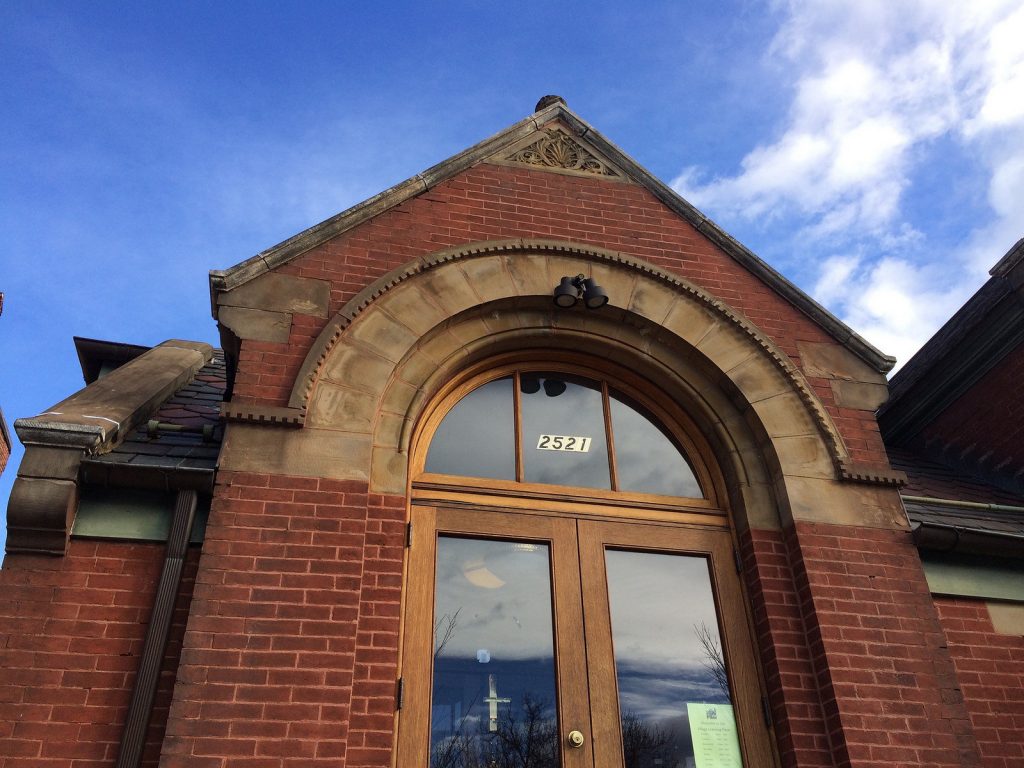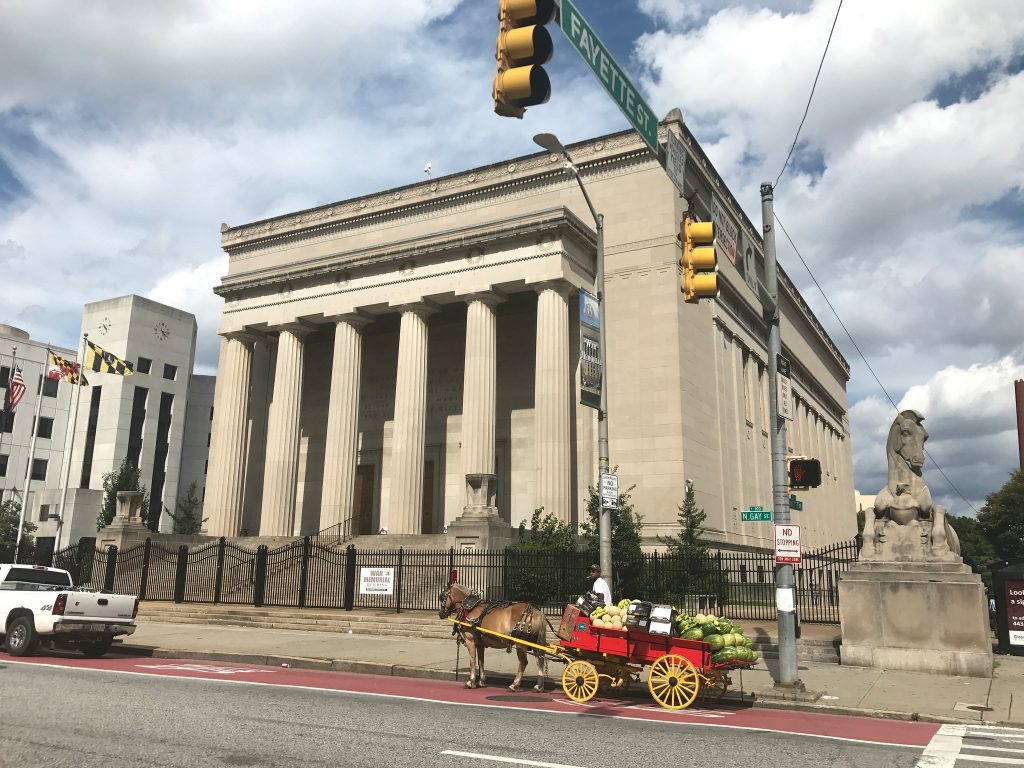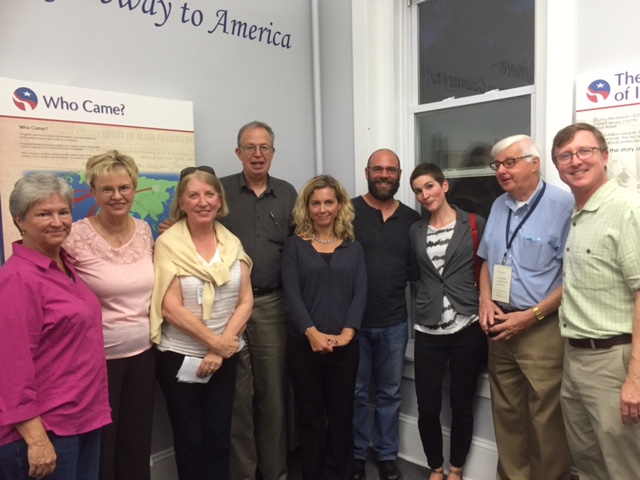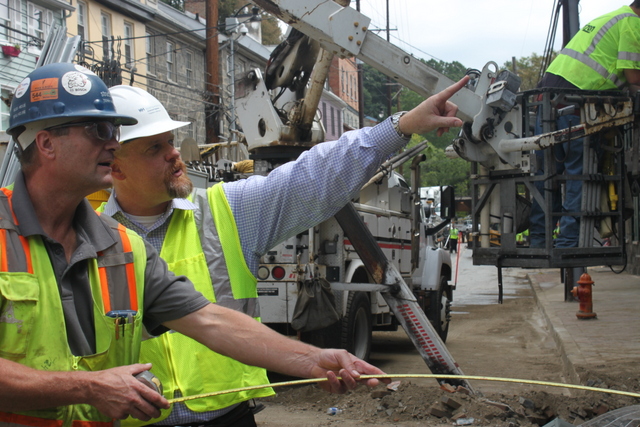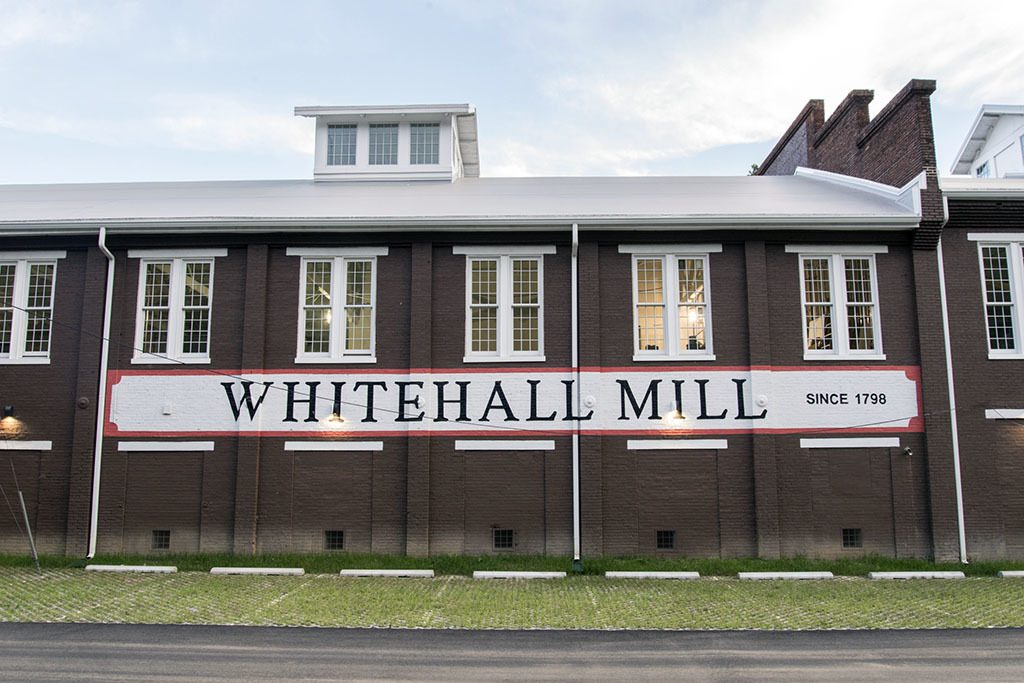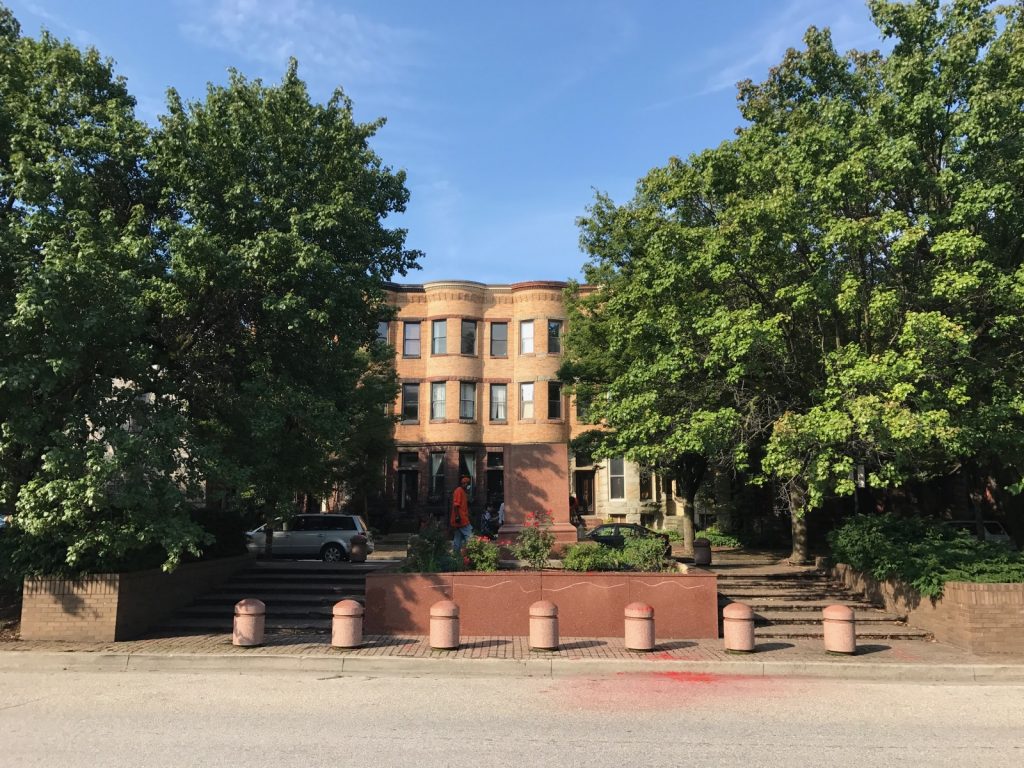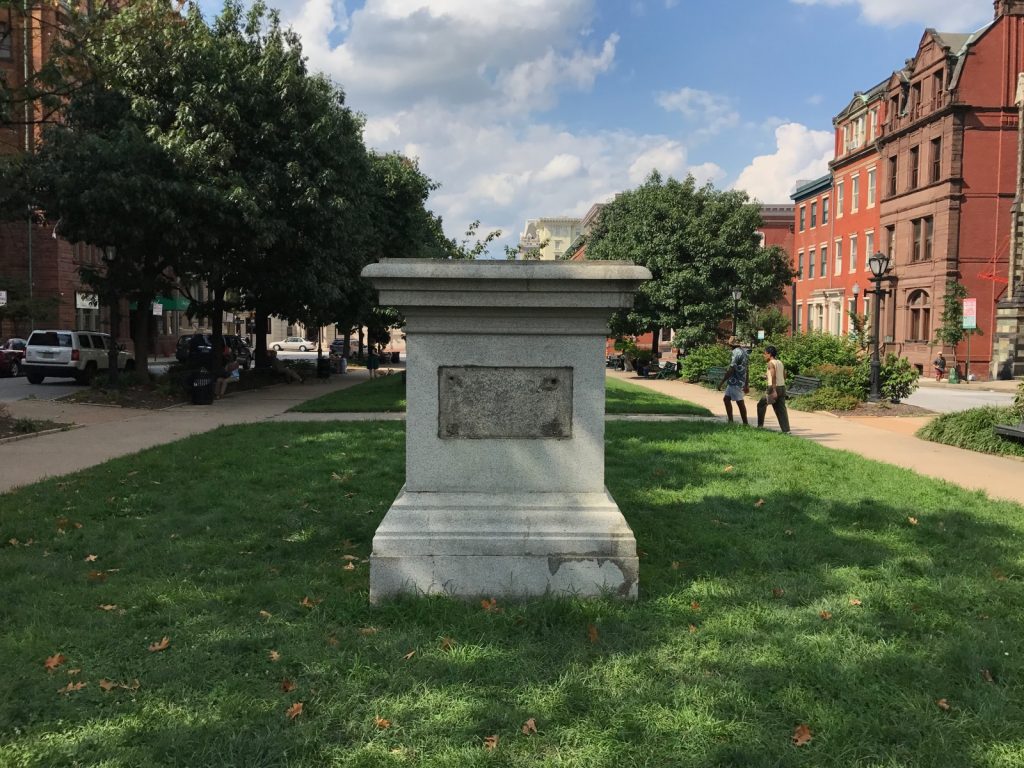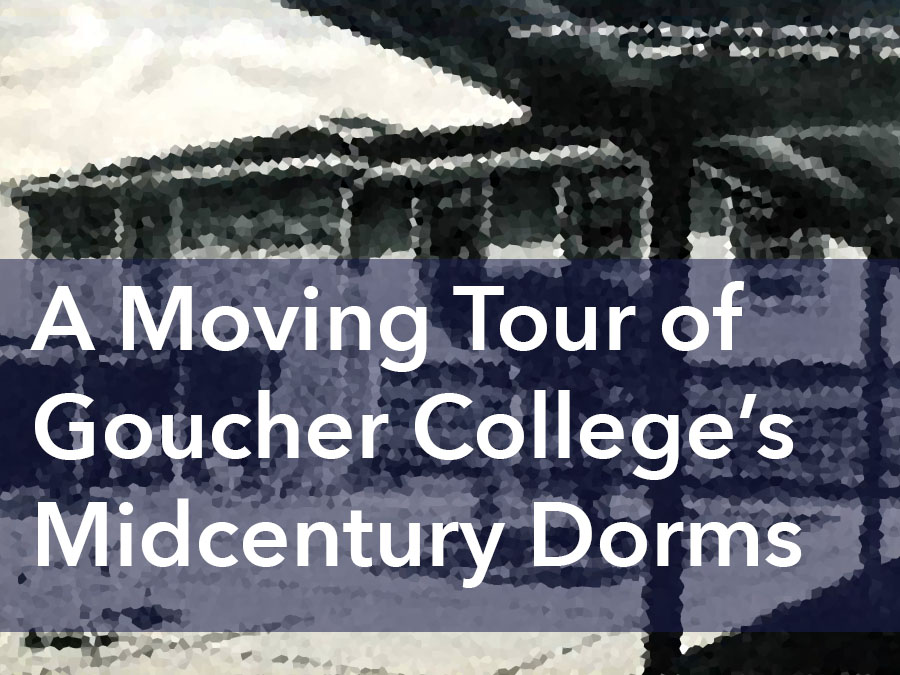With sincere thanks for your past interest and support, I am writing today to ask you to join or renew your membership with Baltimore Heritage.
Baltimore Heritage is a small nonprofit organization. We rely on the many kind people who volunteer their time and commit their support each year to help save Baltimore’s unique historic places.
One historic place we’re helping right now is the Village Learning Place. For the past few months, we’ve worked with the Liesje Gantert, director of the VLP, along with staff and volunteer architects from the Neighborhood Design Center to take a close look at the condition of their former Pratt Library branch on Saint Paul Street. Over the next year, we will build on these efforts to help more local nonprofits improve maintenance of their historic civic spaces across Baltimore. Not all historic buildings are museums: they also provide affordable housing, child care, community meeting space, and more. We are eager to help keep these buildings working well for all the people who rely on them.
In addition to helping us save Baltimore’s historic places, as a member you also get the benefit of discounts on our heritage tour program. With great volunteers like Patricia Hawthorne, who has led our Monumental City tours for years, and new volunteers like Sarah Krum who just started this year, our we are grateful to the many people who make our heritage tours possible. Over the last ten years, our volunteers have organized and led nearly four hundred tours of over two hundred different historic places!
Membership support has been the foundation for nearly eight years of advocacy for the Hebrew Orphan Asylum, the nation’s oldest surviving Jewish orphanage. Today, we are a proud partner with the Coppin Heights Community Development Corporation in turning this long-threatened and neglected building back into a health care facility for people in West Baltimore. We expect construction to begin soon.
Thank you again for considering joining or renewing your membership, and I hope you can join us on October 3 at Whitehall Mill for our 2017 annual meeting, tour, and reception.

